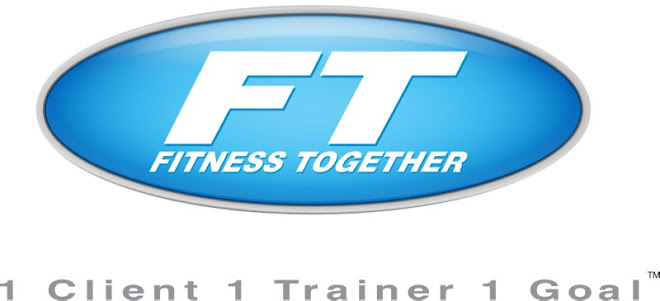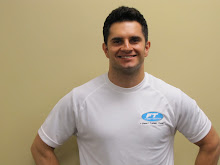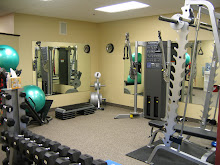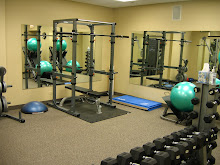It’s no secret that the biggest fat burning muscles in your body are your legs. They are the largest muscles in your body and therefore require the most amount of energy when used. Since your legs are the primary muscles that drive your heart rate up, the more you use them the harder your heart pumps. And the harder your heart works, the more calories you burn and the fitter you get. So if you want to keep up your fitness and fat burning progress, you’d better take care of your legs—especially your knees.
Your knees may arguably be the most important joints in your legs. Without the proper functioning of your knees you’re going to have a real hard time performing effective fat burning exercises, like running intervals. Running can be a great fat burning exercise, but too much running combined with bad biomechanics can lead to overuse—and that mean repetitive stress injuries.
One of the most common knee injuries that people suffer from is the ITB (Iliotibial Band) Syndrome. Your ITB is a long fascial band (tendon) that runs along the entire length of your thigh and attaches your TFL (Tensor Fascia Latae) muscle in your hip to your tibia (shin bone). The function of the TFL via ITB is hip abduction, but perhaps more importantly, it functions to restrict excessive tibial (shin) internal rotation. I know I’m getting a little technical, but I’ll explain.
Your tibia (shin bone) is connected to you ankle bone and your ankle bone is connected to the foot bone and ... well you know how the rest of the song goes. Well, when you take a step walking or running, your foot pronates (arches drop) which causes your ankle and your tibia (shin bone) to internally rotate. This is a normal function of your gait. This happens every time you walk, run or do just about anything that requires you to bear weight on one leg. Problems arise when excessive foot pronation (dropping of your arches) occurs from either poor biomechanics, weak muscles, or from “over doing it”—causing your supporting muscles and tendons to have to work harder than they’re use to.
Too much pronation causes excessive internal rotation of the tibia (shin bone) which puts undue stress on your ITB. Normally your ITB glides over the lateral boney prominence (lateral epicondyle) of your knee every time you bend it, but the increased stress and tension on your ITB increases friction between your ITB and the boney prominence of you knee. If this persists, it can eventually lead to tendonitis, a.k.a ITB Syndrome.
You can, however, easily avoid ITB Syndrome by being a little proactive…
Here is a list of exercises and stretches you can do to avoid ever having to experience such a frustrating injury, so you can make sure to keep your fat burning and fitness progress on track.
(1) Foam Roll (Self Myofascial Release) - Perform this at least once a day. You can do this before and after your workouts. Make sure to roll out your quads, ITB, TFL, and you glutes.
(2) Bowlers Squats - This exercise is a great way to dynamically stretch your TFL and ITB. You can do this as part of you dynamic warm up routine. (Check out the video above to see how it’s done)
(3) ITB Stretch - You probably know by now that I’m not a big fan of static stretching, but this ITB stretch can be quite effective when combined with the previous two exercises. You can incorporate this after your workouts. (Check out the video above to see how it’s done)
(4) Squats and Lunges - Properly performing squats and lunges increases your gluteal strength and can help you minimize the risk of getting injuries like ITB syndrome. The key is proper form—Make sure to learn the how to perform each one of these exercises properly before starting up.
Remember, when it comes to exercising and staying fit, don’t over do it! Listen to your body and don’t push yourself beyond what your body can handle. There’s a very fine line between pushing your limits to improve your fitness and pushing it too much. If you’re starting out, it’s always better to play it on the safe side so that you can continue to make progress without being hindered by injuries.
Written by Shin Ohtake, MaxWorkouts.com.
Edited by Jason Copeland, CSCS










No comments:
Post a Comment